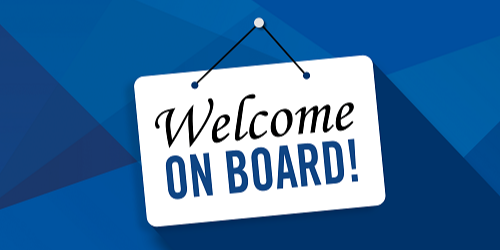
You have made the choice for HiCAD, but what does the HiCAD onboarding look like? Switching to the software is like buying a luxury car and learning how to drive it. You decide how well you want to work with HiCAD, but you can be sure that ISD will keep you informed and give you tips. Here you can read what you can expect from the HiCAD onboarding, regardless of your sector.
HiCAD installation and set-upWhen the garage delivers the luxury car to your doorstep, you get an explanation of all the functions and then you take a test drive. If you compare this with HiCAD, ISD installs the software in one day. If you choose to purchase 5 licences, you can work with a maximum of 5 people on the server at the same time. Still on day one the setup of the package takes place. This includes setting up the parts lists and drawing frames that you use. These steps create the basis for future use.
The test drive in HiCAD terms is the training needed to take full advantage of all the functions and potential efficiency gains you can make as a draftsman. It is up to you to decide where you want to take the training, classroom at ISD or at your company. The best training results have been achieved in the classroom. Why? The chance that a colleague will disturb you during the training is a lot smaller. For the average user, about 5 to 10 training days are needed, where we recommend a frequency of 1 to 2 days per week.
The training courses are quite tough, but at the same time they are tailored to individual users. The differences in skills and needs of each user are quite large. We certainly take that into account. What is standard is the format. On the first training day, the emphasis is on working with 2D CAD; on days two and three, it is on 3D CAD. If you opt for sheet metal training, you can master this in one or two days. If you are a seasoned sheet metal worker, then perhaps one day is all you need. For profile building, steel construction and machine building, 1 day is also sufficient, but for facade cladding, more time is needed. ISD examines the needs of each individual sector, but ultimately it is about how you can make the difference for your organisation with HiCAD. One way to do that is to set up your user interface in the way you like it.
Is it enough just to have training? Usually some follow-up is needed, just like driving a car. You only learn that when you are on the road yourself. With HiCAD the after-care varies from 1 day for simple drawing work to up to 4 days for construction work. The after-care is charged and lasts as long as you, the client, wish. If you have completed the training and find in practice that you need follow-up, e.g. for linking items to parts lists, we will pay you a visit.
Installation and set-up
Approximately between 5 and 10 days of training per person
Aftercare
The most important tip we can share is that your production should not come to a halt during implementation. So think about how you can divide your workload in advance. We recommend training key users first and then the other people who occasionally work with HiCAD.
Things can always go wrong and people sometimes forget. If that happens, call in ISD breakdown assistance. Our helpdesk is there for your questions. In addition, we have a support system that ensures that questions can be read later by you or others.
The switch to HiCAD opens up a world of possibilities. In a few steps, you can make use of smart automated functions, work in 3D and have powerful calculation power that allows you to master even complex projects. And all that in an environment that you have set up according to your own taste.




